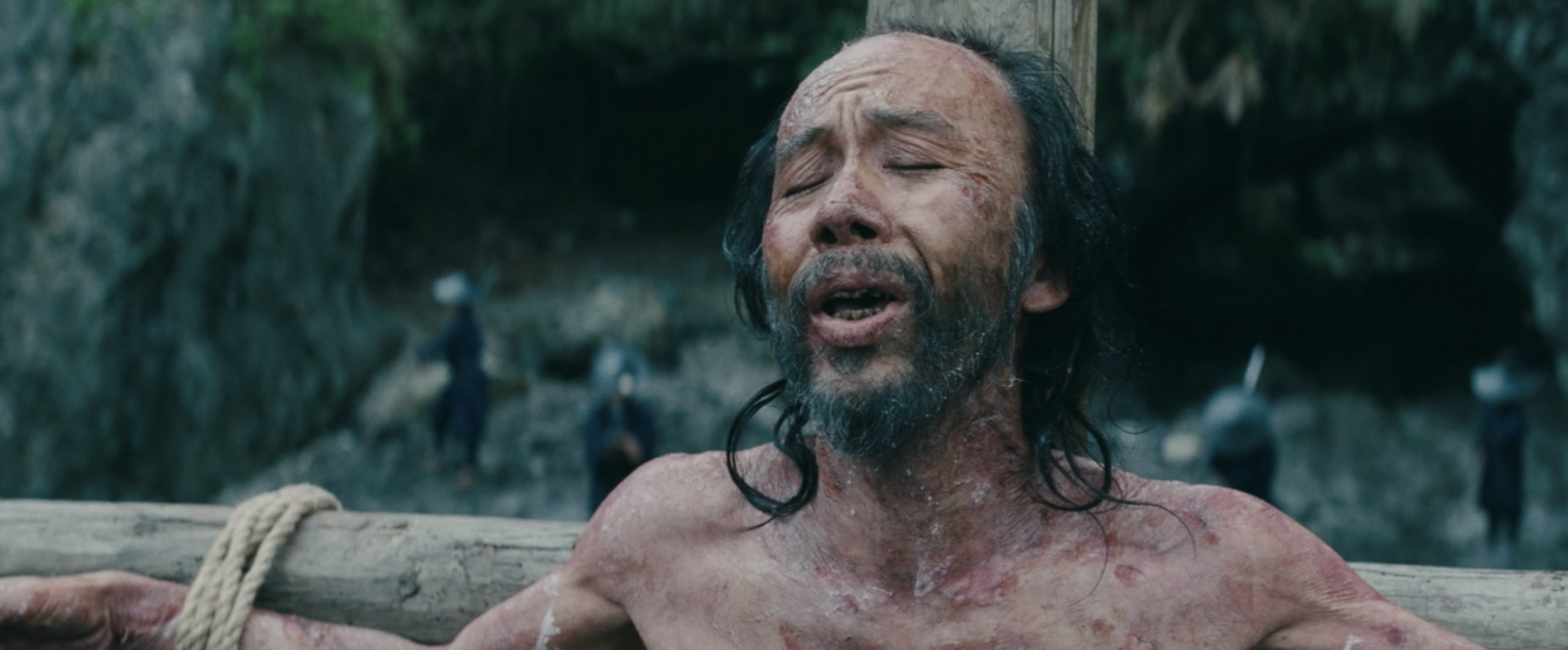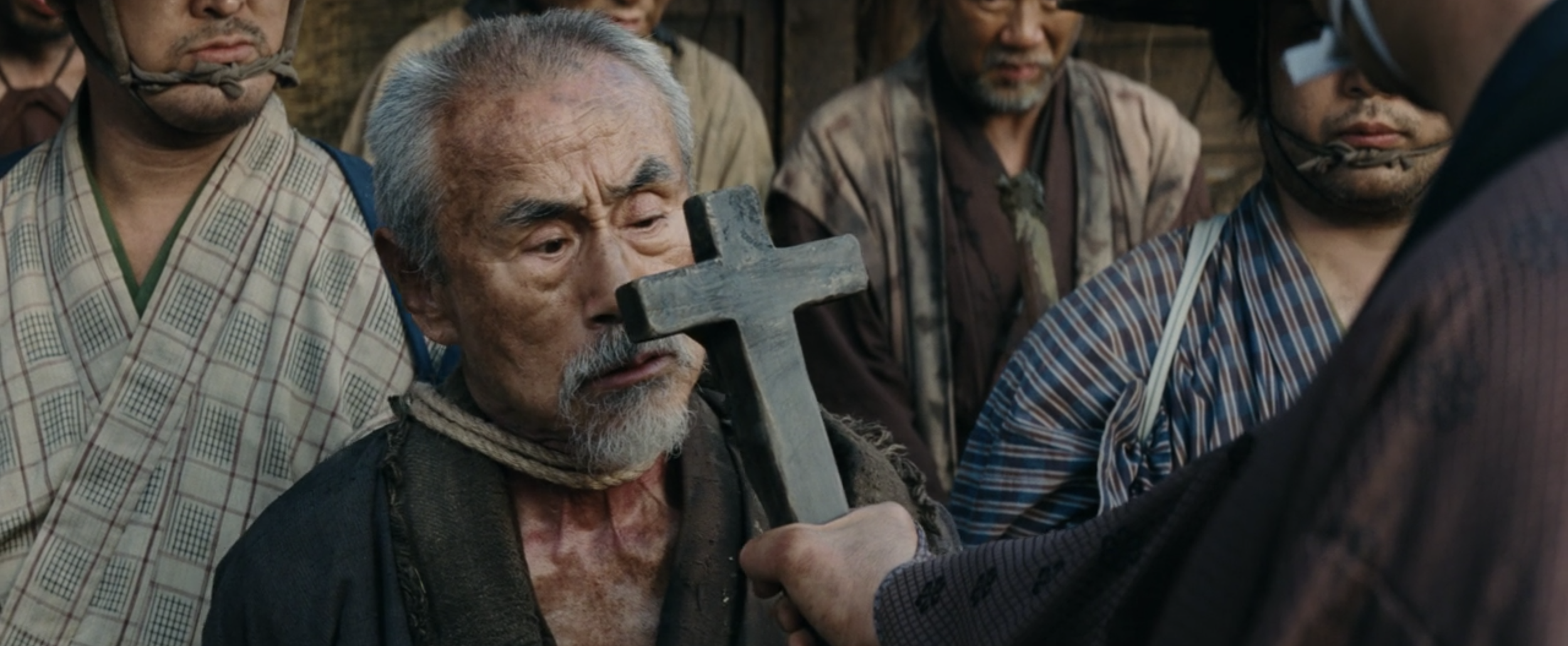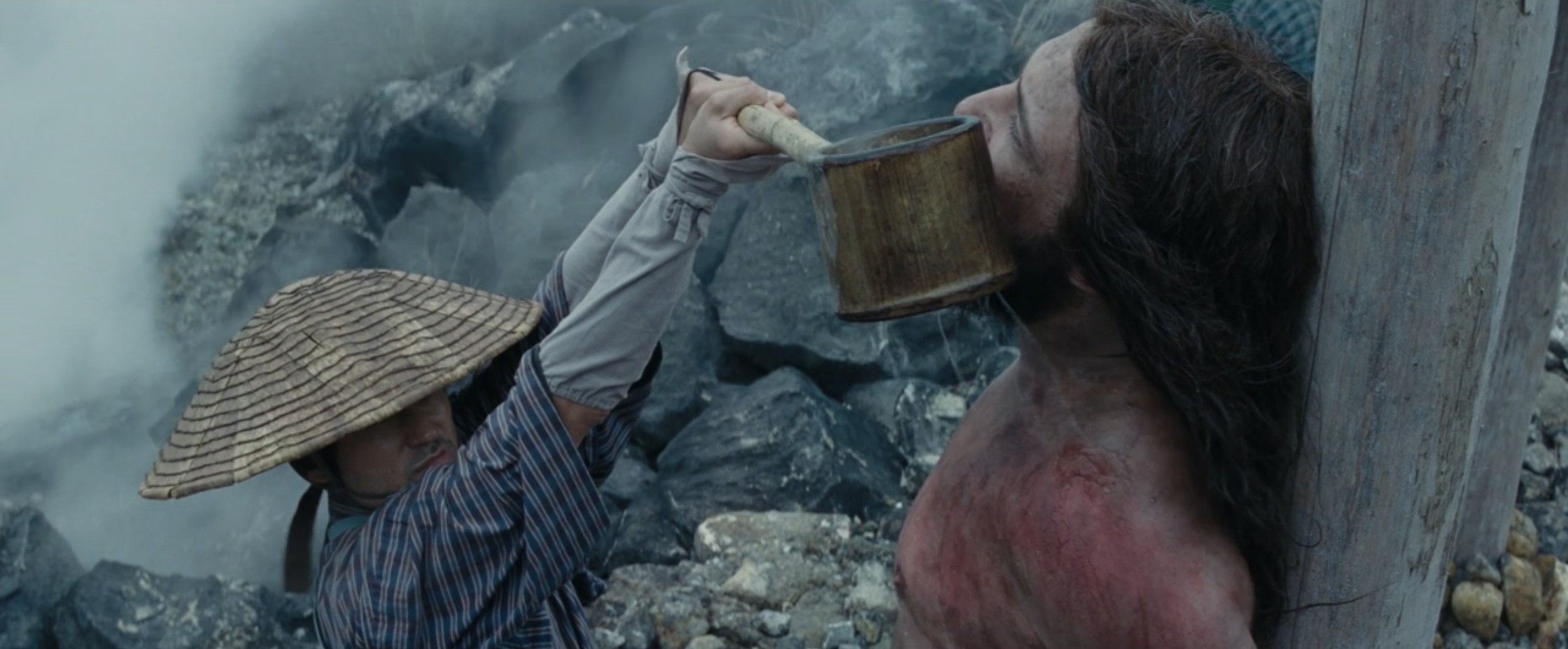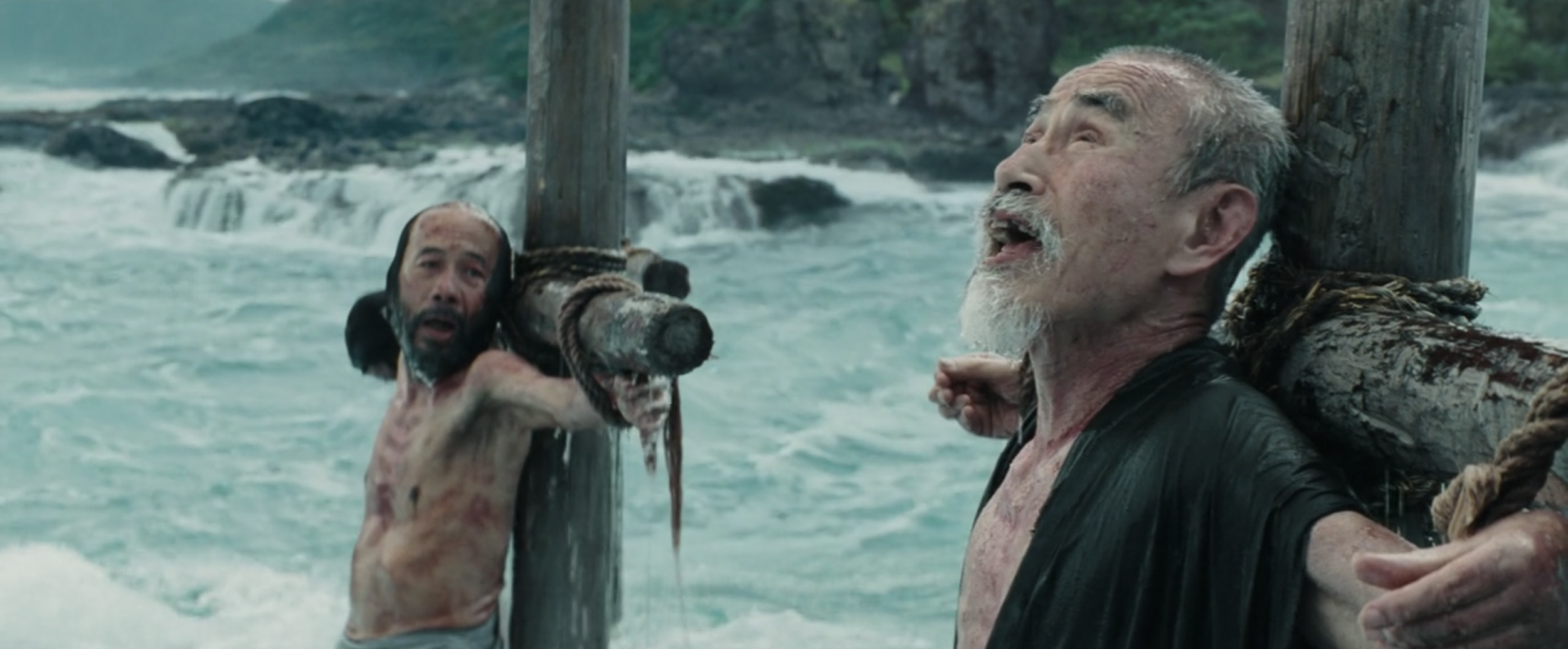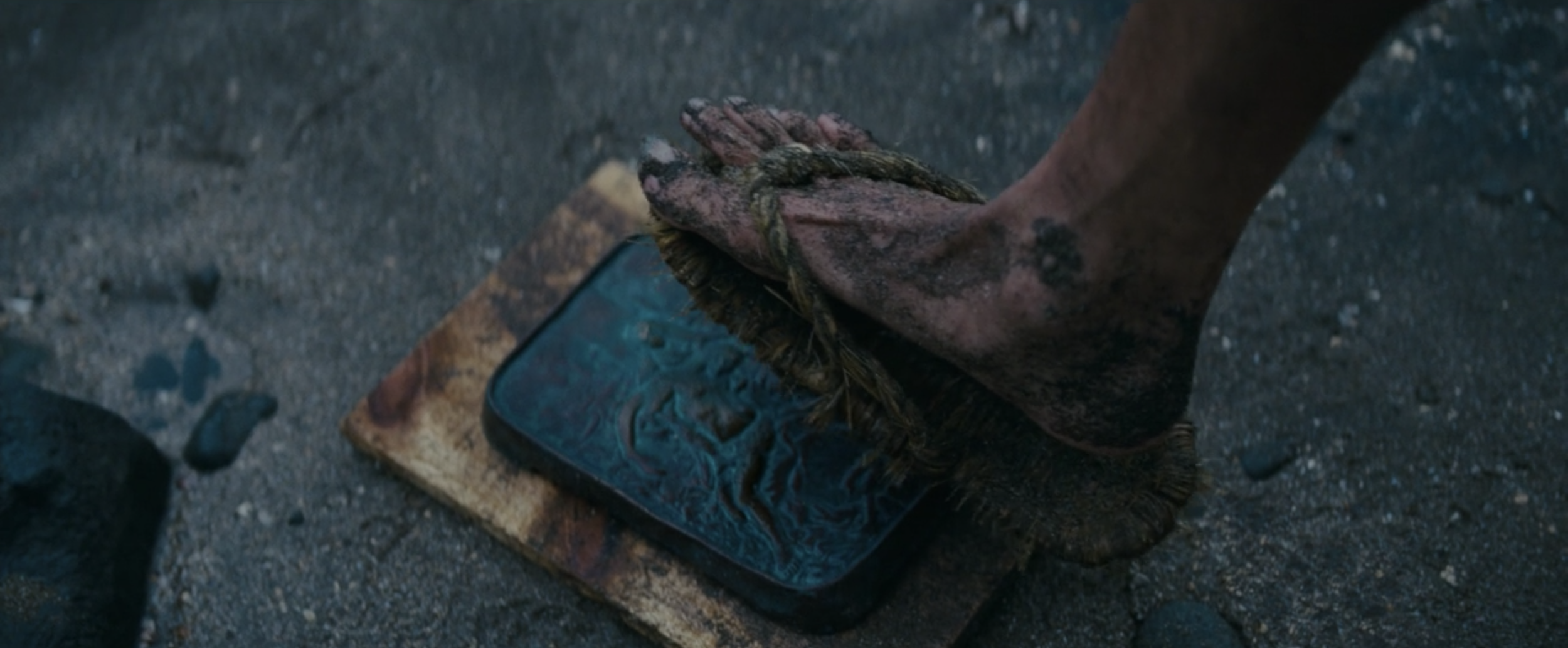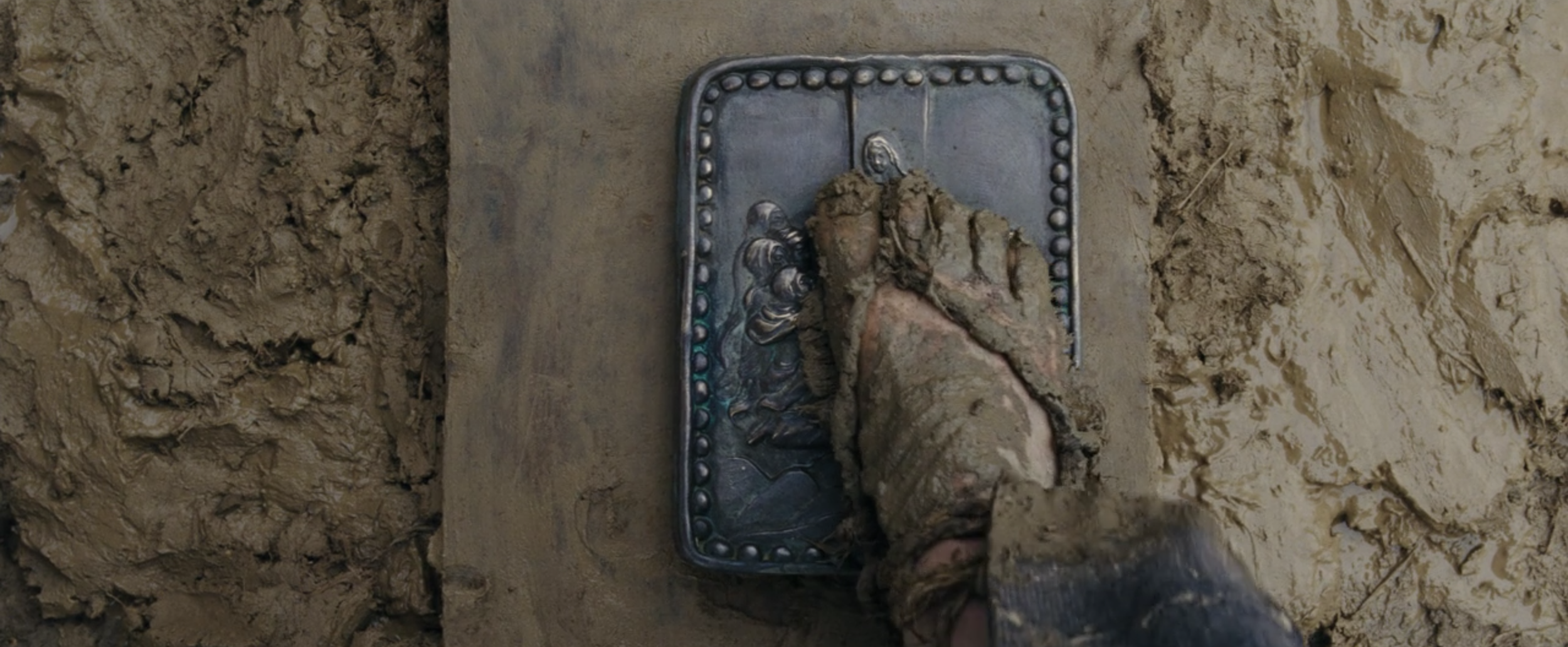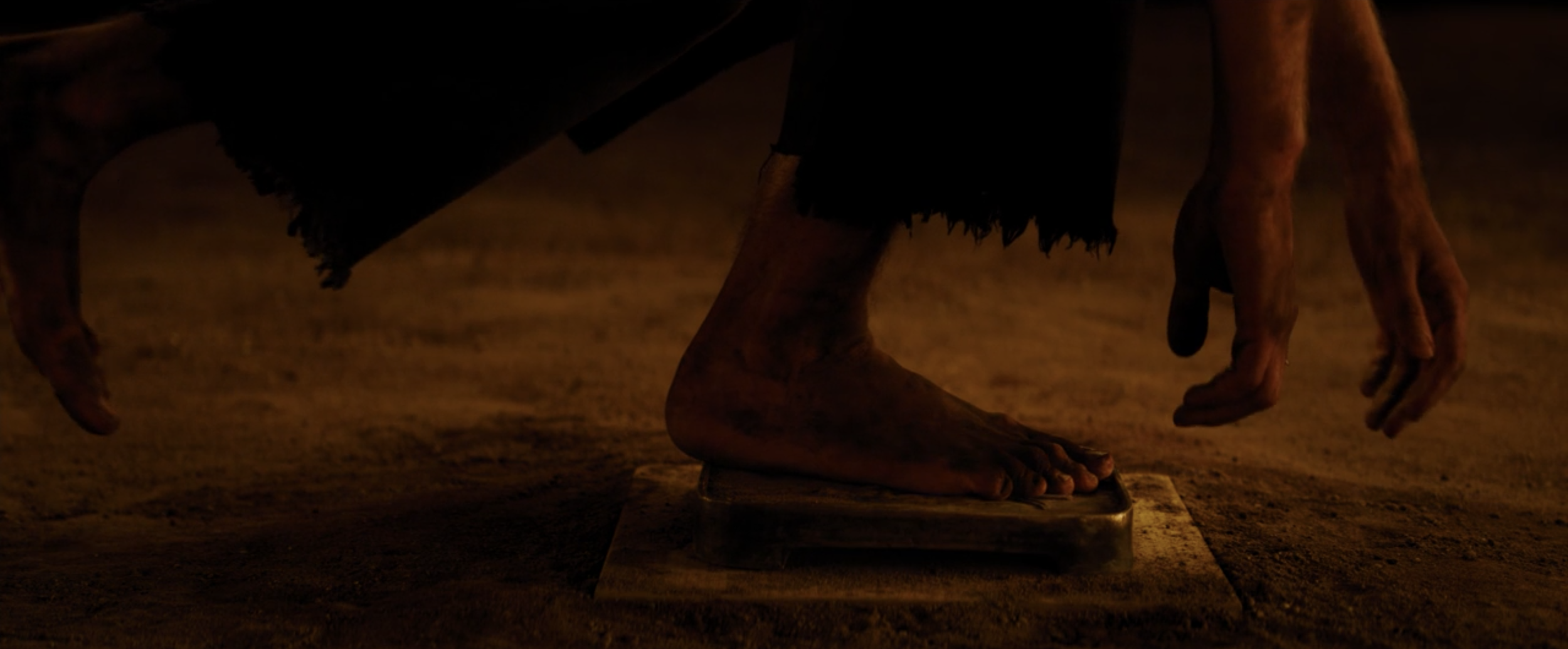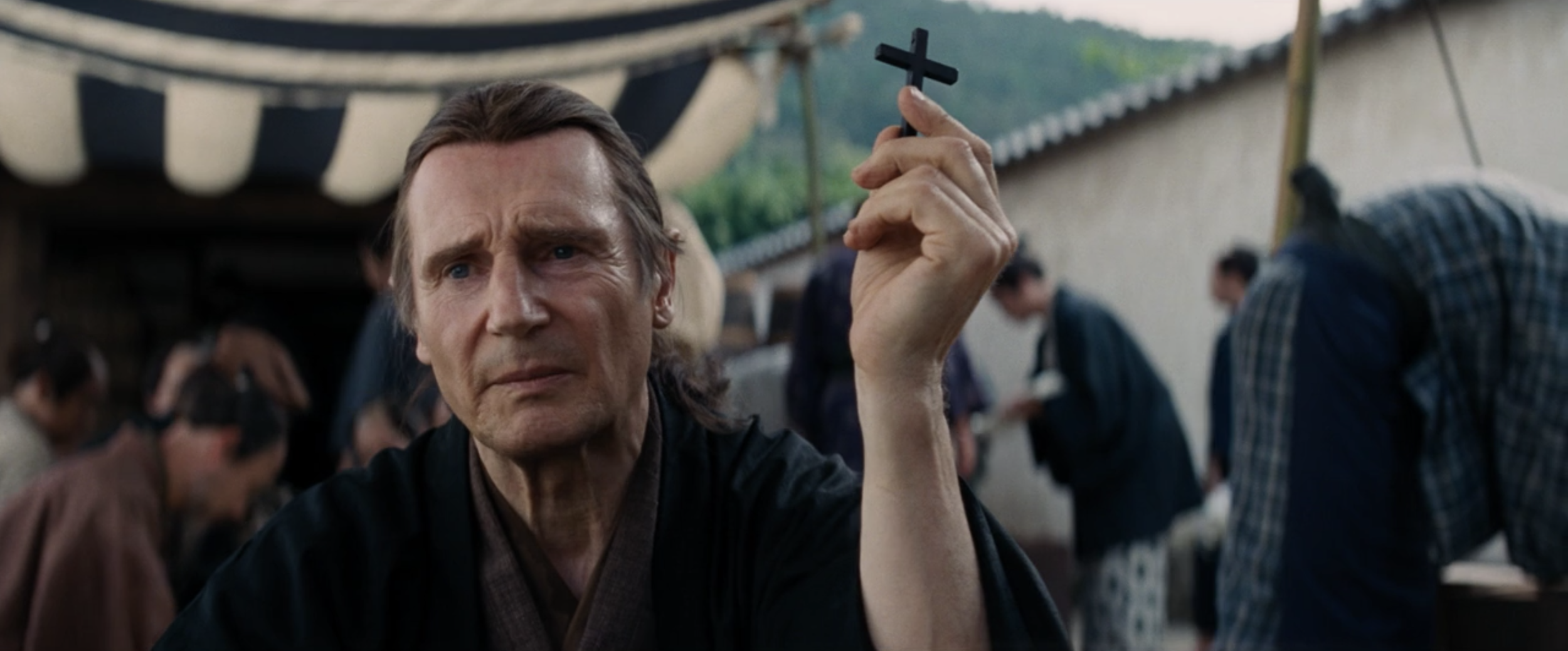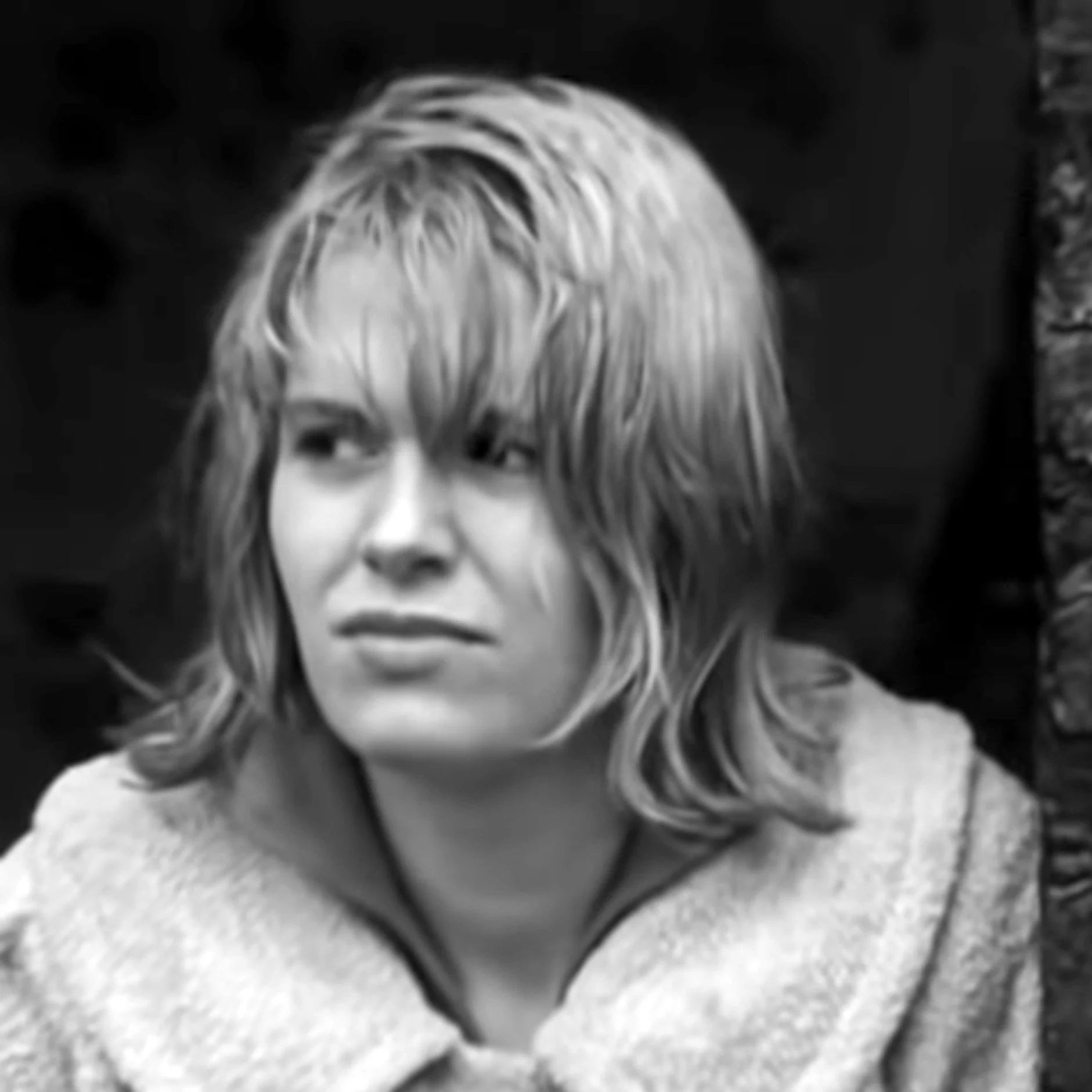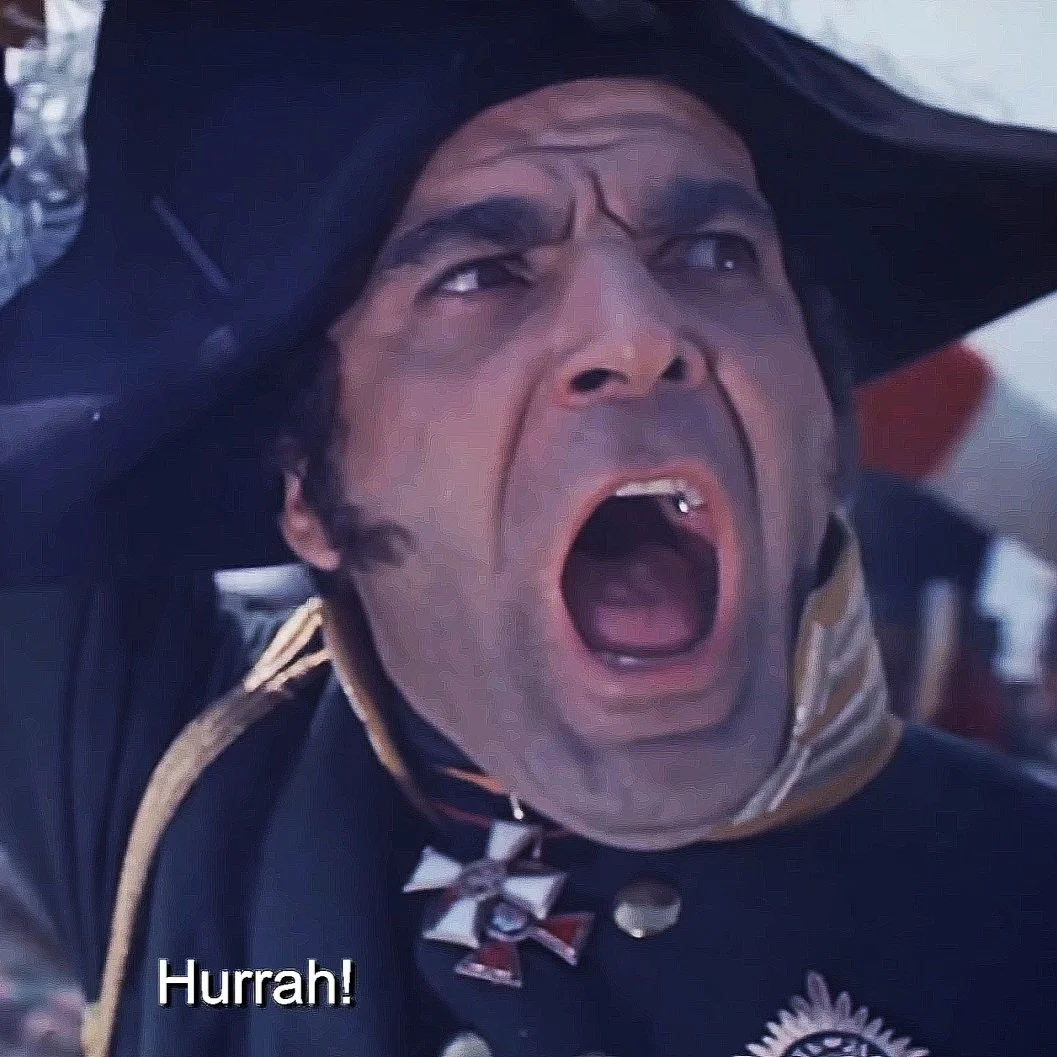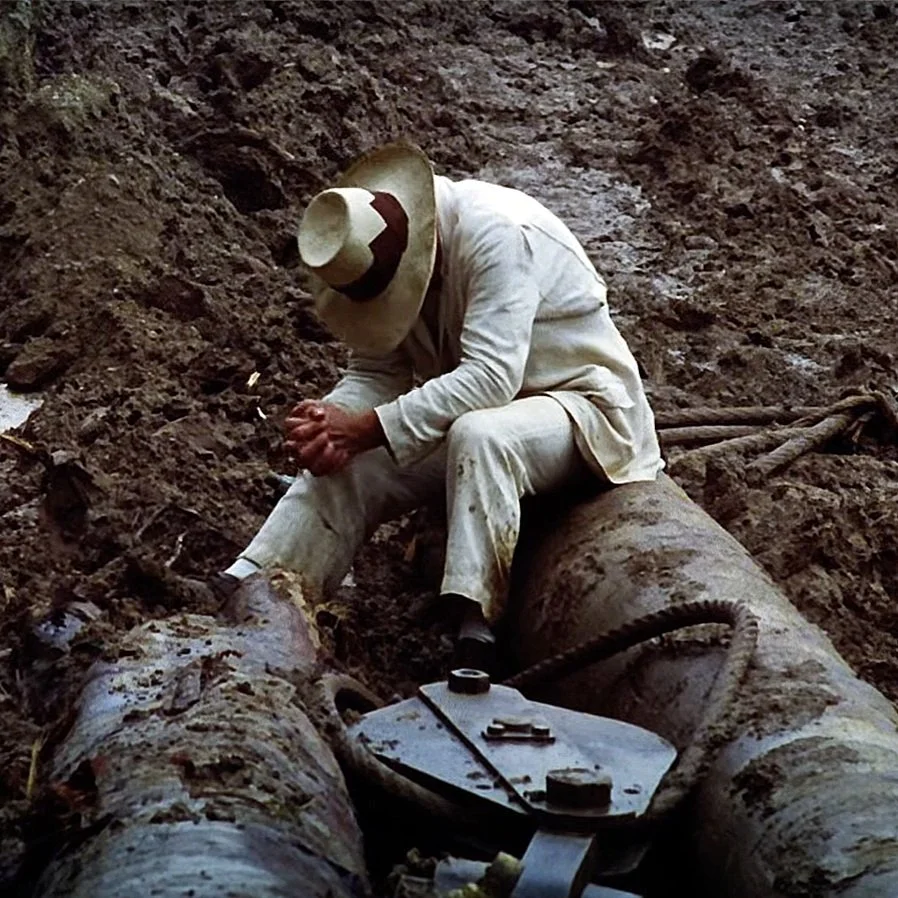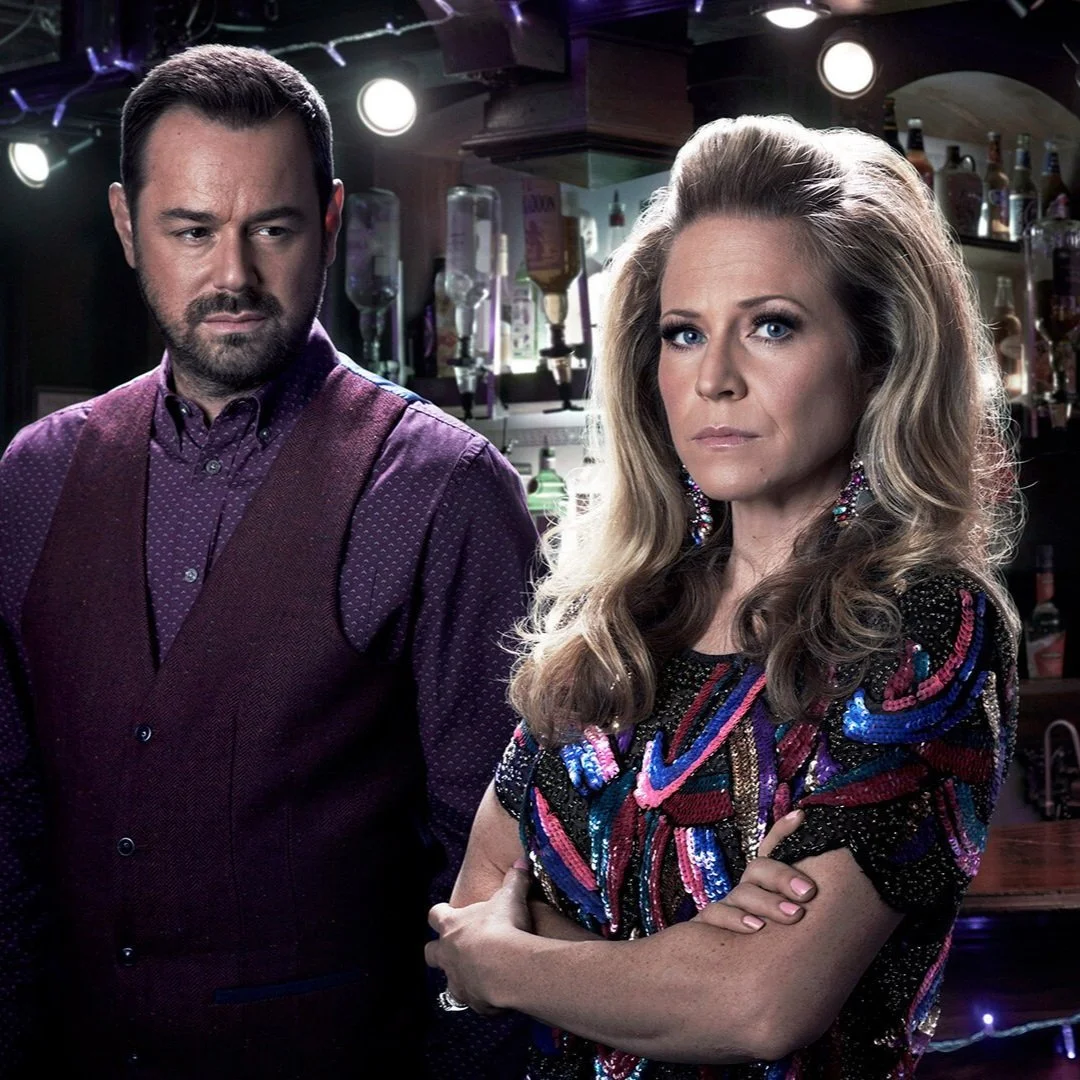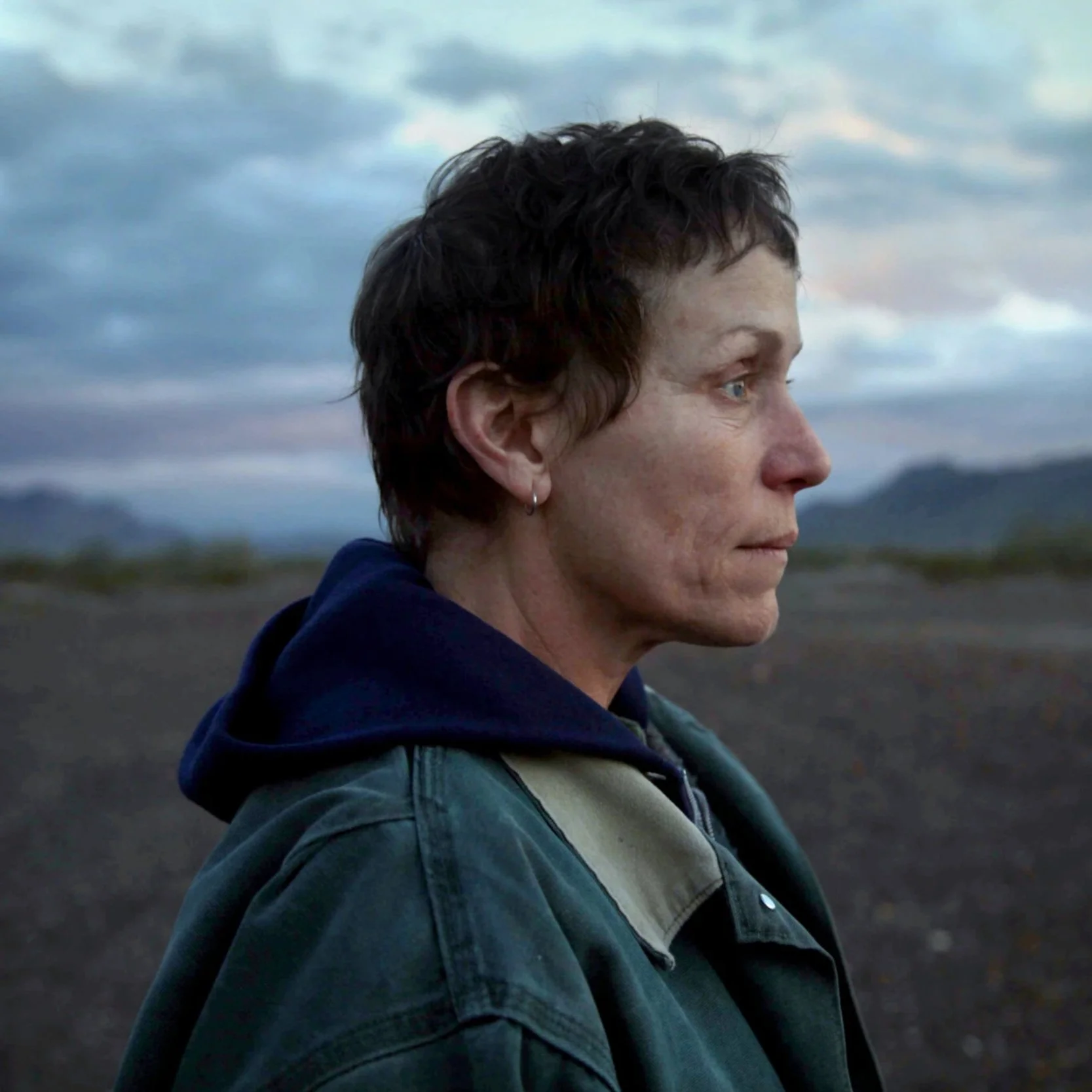“It Was In The Silence That I Heard Your Voice”
Silence (Martin Scorsese, 2016)
“I feel so tempted. I feel so tempted to despair. I'm afraid. The weight of your silence is terrible. I pray, but I'm lost. Or am I just praying to nothing? Nothing. Because you are not there.”
Renunciation of faith in the face of violence and torture is when we can feel most alone. As if God has forsaken us, does not hear us, and will not help. In His silence, we feel abandoned, afraid and anxious. But these moments are also when, at the point of death, we can feel most alive, closest to God, and demonstrate the depth and resolve of our faith itself. This martyrdom, and the excruciating choices which drive it, is at the heart of Martin Scorsese’s 2016 Silence. Andrew Garfield and Adam Driver play two Portuguese Jesuit priests who task themselves with finding a former religious teacher of theirs, who has gone missing in Japan during the early seventeenth century Shogun era. An era where the ruling force prohibited Buddhists from converting to Christianity, and banned the importation of Christian culture and symbology. Japanese Catholics generally trace their history back to the city of Nagasaki, where a small island off the coast served as a place where foreigners could trade, and where the gradual globalization of Dutch, Portuguese and British religious values became embraced. It’s here the priests begin their mission.
”Surely God heard their prayers as they died. But did He hear their screams?”
In suppressing the importation of Christian culture, many martyrs refused to renounce their faith, choosing to go into hiding, or were tortured and killed. Christian rituals were conducted in secret, hidden inside of Buddhist symbols and everyday items, and driven underground. In particular, the twenty six martyrs of Nagasaki, refusing to apostatize, were burned, buried alive, or tortured by hanging upside down with their heads buried as they slowly bled out. All of this serves as the background for the journey of reclamation the two young priests in Silence embark upon. They witness the brutal persuasion techniques of those seeking to eliminate Christianity from Japanese culture, but are powerless to stop it. They experience it themselves, and are powerless to stop it. In turning to God for help, they hear silence.
”You see Jesus in Gethsemane and believe your trial is the same as His. Those five in the pit are suffering too, just like Jesus, but they don't have your pride. They would never compare themselves to Jesus. Do you have the right to make them suffer? I heard the cries of suffering in this same cell. And I acted.”
In drawing themselves closer to God through martyrdom, we see several examples of those who choose to die, experiencing the fruits of paradise as Heaven’s door opens at the moment of death. That in dying for this exclusive access to the truth, however disputed that might be, they truly, genuinely believe that their faith is worth their flesh. That the physical trials they must endure on earth will result in an eternity of salvation. In this, we also see the collision of exclusivism and pluralist religions, with Christianity and Buddhism strongly at odds, especially in an exquisite scene of negotiation between one of the surviving priests and the lead inquisitor looking to convert him. They discuss their differing concepts of truth, what constitutes faith, and the role of nature and worship. They try, but they cannot bring themselves to find common ground. The torture continues, and the demands to apostatize grow stronger.
”The path of mercy. That means only that you abandon self. No one should interfere with another man's spirit. To help others is the way of the Buddha and your way, too. The two religions are the same in this. It is not necessary to win anyone over to one side or another when there is so much to share.”
In particular, the act of renunciation is centered around the act of fumi-e, of stamping on a physical symbol of Christ or The Virgin Mary. The Shogun regime used small, usually bronze or wooden images in a ceremony of apostatization, where Christians would perform the act of renunciation of their faith. Those unwilling or unable to do so were tortured, or killed. Many were sent to Nagasaki and boiled in the hot springs at Mount Unzen. Some, as we seen in Silence, performed the ritual but still practiced in secret. In many ways this is how Christianity was able to survive in feudal Japan, but its population was decimated, and fumi-e was incredibly effective as a form of religious persecution.
”Come ahead, now. It's alright. Step on me. I understand your pain. I was born into this world to share men's pain. I carried this cross for your pain. Your life is with me now. Step.”
The specific ritual of fumi-e is an act of asymmetry, something we see as explicit disruption of the harmony and equilibrium explored in bio-genetic structuralism, which argues that all human cultural action, linguistics, religion and physical need is rooted in the cognitive imperative for neurological balance. This manifests itself in the repetitive patterns and symmetry of music over syncopation and chaos, as well as the rhythms of poetry, architecture, and even the binary of breathing in and out during mediation. This ritualistic repetition is used to explain the management and resolution of limbic discharges in making sense of religious behavior. That any ritual activity is grounded in the resolution of equilibrium. In Christianity we see the symmetry of the cross, of the clothing our priests wear, in the architecture of the church and the altar, and even the balance of the old and new testaments. Everything in the environment is visually stimulating, but at the same time balanced and predictable. This balance exists in the word and liturgy of the eucharist itself, which are balanced by a homily. We make the sign of the cross but cross ourselves for the Holy Ghost in order to balance the Trinity.
Bio-genetic structuralists also draw parallels between symmetry and beauty in nature, but in subsequent arguments against this kind of thinking, many disagree that we can still find something beautiful even if it doesn’t follow explicit patterns of balance. That, as we see in the uncanny, we are often drawn to that which is slightly off, that which is conspicuous by its difference, that lack of symmetry is not the same as ugliness and chaos. That there is beauty in mistakes, and that this asymmetry is an expression of what it is to be human. This is the specific conflict we see between Christianity and Buddhism in the act of the fumi-e. That the asymmetry of the ritual as a renunciation of faith is to be human, and that the disruption is where we draw closer to God and our ability to finally hear him in the silence.
”I thought that martyrdom would be my salvation. Please, please, God, do not let it be my shame. The Lord is my refuge, and my deliverer. My God is my helper, and in Him will I put my trust. Of the Blood, all price exceeding, shed by our immortal King, destined for the world's redemption.”
In the movie, the apostate ritual emotionally breaks both teacher and pupil, but with differing outcomes. As the priests work together to uncover subsequent attempts by Dutch traders to bring Christian symbols into Japan, one is diligent, but the other is not, and it’s hard to see the subtle details of the dynamics of what they’re doing to each other. One is protecting the hidden symbols found in everyday trading goods, whereas the other easily finds them. This equilibrium of found and hidden again remains unresolved. The teacher executes full renunciation, and embraces Buddhism as the path forward in his life, wonderfully played by Liam Neeson. Andrew Garfield as the pupil takes a different path, and only at the finish, as we witness his cremation do we understand that his faith had not been driven out at all.
At just under three hours, the movie itself is surprisingly simple. Shots of the mist over the Japanese bays linger, and the cinematography of the countryside and nascent villages is captured with exquisite detail. As we’d expect with any Scorsese film, the violence of life is never shied away from, and we see both emotional and physical torture uncomfortably close. Throughout it all is the eponymous silence. But it’s not the silence of absence of sound. It’s the silence of God’s companionship. That there is comfort in the silence. That it’s the peace which comes with salvation, and the calm of contentment and awe. And that when we cry out in our most desperate moments, as many of the martyrs do, that the silence is a source of comfort, not abandonment. And that when we finally hear His voice, we have reached the end of our journey on earth.
Silence is currently streaming on Hulu.


